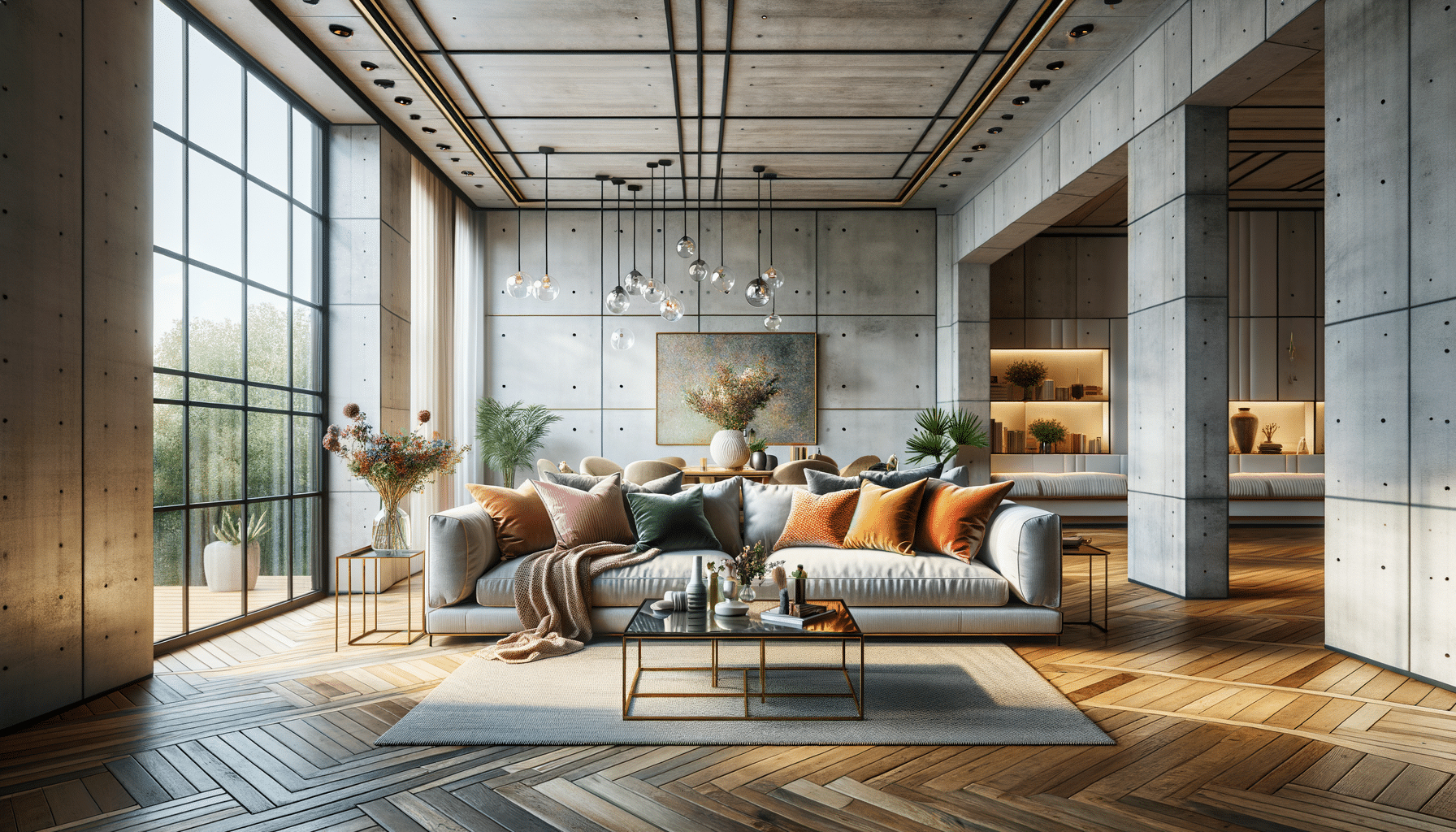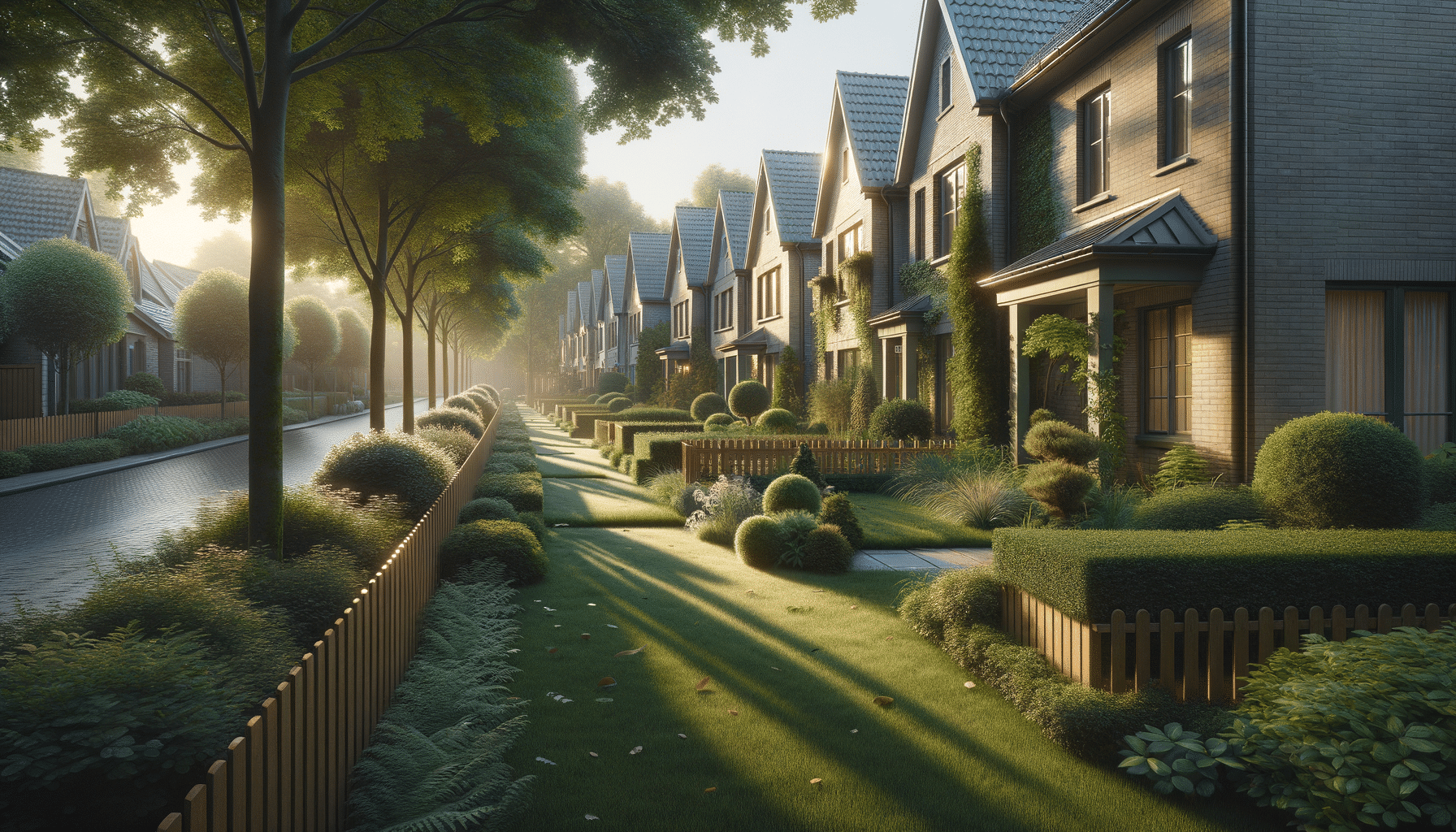
How to Stage Your Home for Sale
Introduction to Home Staging
Staging a home is a strategic process designed to enhance its appeal to potential buyers. This process involves arranging furniture, decorating, and making necessary repairs to create an inviting environment that highlights the property’s best features. The goal is to allow buyers to envision themselves living in the space, thereby increasing the likelihood of a sale. In today’s competitive real estate market, staging is more important than ever. It not only helps in selling a home faster but can also significantly affect the selling price. By making a property stand out, staging can transform an ordinary house into a dream home.
Decluttering and Depersonalizing
The first step in staging your home is decluttering. A clutter-free home appears larger and more inviting, allowing potential buyers to focus on the space rather than the items within it. This involves removing excess furniture, clearing countertops, and organizing closets. Depersonalizing is equally crucial; it involves removing personal items such as family photos and unique décor that might distract buyers. The objective is to create a neutral environment where buyers can imagine their own belongings. By focusing on decluttering and depersonalizing, you set a strong foundation for the rest of the staging process.
Enhancing Curb Appeal
First impressions matter, and enhancing curb appeal is a vital aspect of home staging. The exterior of your home is the first thing potential buyers see, and it sets the tone for the rest of the viewing. Simple tasks such as mowing the lawn, trimming hedges, and planting flowers can make a significant difference. Additionally, consider painting the front door, updating light fixtures, and ensuring the pathway is clean and inviting. By focusing on curb appeal, you create an inviting entrance that encourages buyers to explore further.
Creating a Welcoming Interior
Once inside, the interior of the home should feel warm and welcoming. This can be achieved through strategic furniture placement, which highlights the flow of the space. Consider using neutral colors on walls and adding pops of color with accessories like cushions and artwork. Lighting plays a crucial role as well; ensure all rooms are well-lit, utilizing natural light wherever possible. By creating a welcoming interior, you help buyers feel at home, increasing their emotional connection to the property.
Highlighting Key Features
Each home has unique features that should be highlighted during staging. Whether it’s a stunning fireplace, a spacious kitchen, or a luxurious bathroom, these elements can be focal points that attract buyers. Ensure these areas are clean and well-maintained, and consider adding touches that emphasize their appeal, such as fresh flowers or elegant accessories. By focusing on these key features, you draw attention to the aspects of the home that set it apart from others on the market.
Conclusion
Staging a home is an investment that can significantly impact its sale. By decluttering, enhancing curb appeal, creating a welcoming interior, and highlighting key features, you create an environment that appeals to potential buyers. This process not only helps in selling a home faster but can also lead to a higher selling price. By taking the time to stage your home, you increase its marketability and appeal, making it a standout choice in the real estate market.


